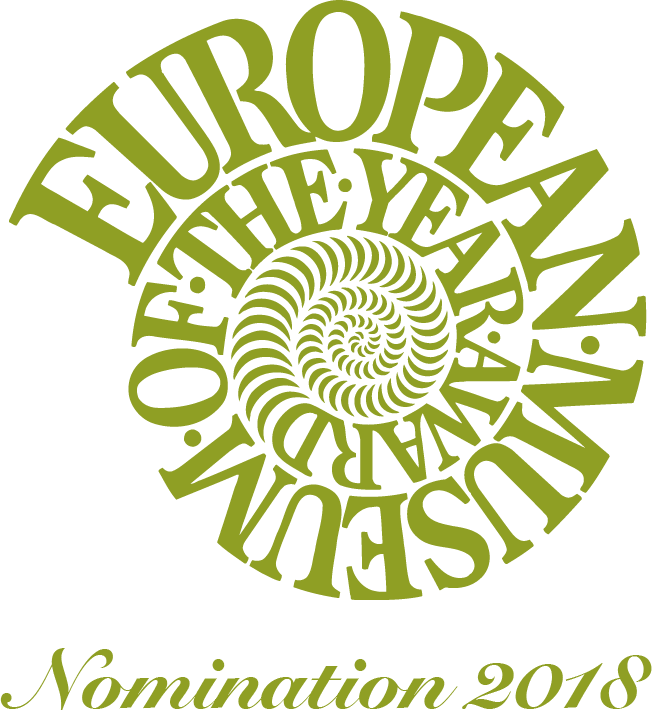Today, the artistic director of the Museu Carmen Thyssen Andorra, Guillermo Cervera, dedicates his speech to Eugenio Lucas Velázquez through his work “Maja with a Small Dog“, 1865, which is part of the Carmen Thyssen-Bornemisza collection.
Eugenio Lucas y Padilla, better known as Eugenio Lucas Velázquez, was a painter from Madrid born on 9 February 1817 and died on 11 September 1870. He began his training at the Academy of Fine Arts of Saint Fernando de Madrid, but soon turned to contemporary movements: orientalism and romanticism. Becoming a great representative of nineteenth-century painting, he was a great admirer of Francisco de Goya, with whom he would imbue his works.
His style, between romanticism, orientalism and costumbrismo, illustrates the feeling against reason, the classical regularity and the rationalisation of academism. His paintings embody a fantasized Orient, a style deeply established in Spain because of its geographical proximity to the Maghreb, the country’s history and its cultural heritage.
Eugenio Lucas Velázquez illustrates a wide range of themes, between landscapes, portraits, nudes, genre scenes, still lifes, historical and religious paintings, he is a rich and complete artist who expresses in his works the gravity and strength of the contents. Known for his rapidity of execution, his touch is fast and rhythmic, short and repetitive, his knife work accentuates his representation of perspective and highlights the living reality of his works.
As an artist of great modernism, he was one of the forerunners of the avant-gardes, with whom he came into contact from 1865, when he met the great Edouard Manet during his trip to Spain.


